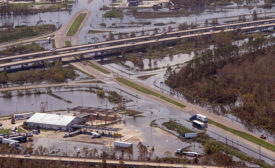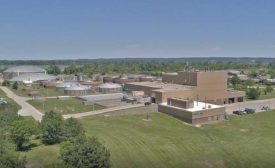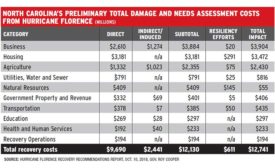Home » Keywords: » Floods
Items Tagged with 'Floods'
ARTICLES
Mississippi River Spends 40 Days At Flood Stage, Mayors Push for Infrastructure Funding
As record flooding continues with more rain expected, mayors, Army Corps look toward resilient solutions
Read More
The latest news and information
#1 Source for Construction News, Data, Rankings, Analysis, and Commentary
JOIN ENR UNLIMITEDCopyright ©2024. All Rights Reserved BNP Media.
Design, CMS, Hosting & Web Development :: ePublishing









